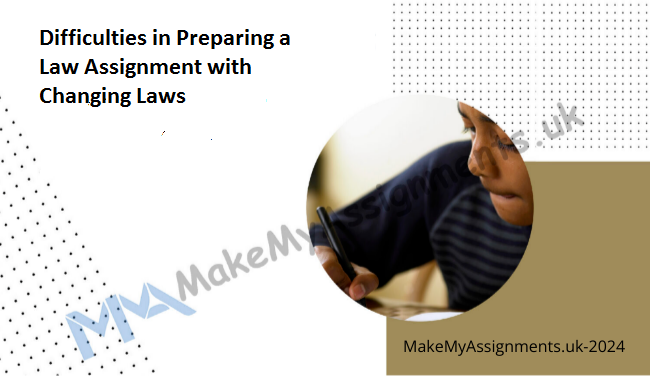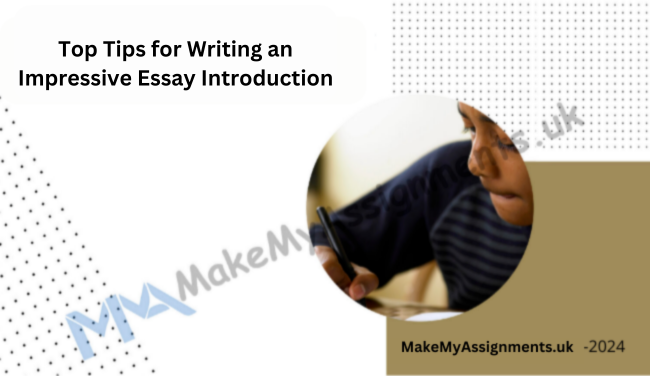Preparing a law assignment is no easy task. Students pursuing law often find themselves juggling…

How to Structure and Format Your Assignments UK
Submitting a well-structured and properly formatted assignment is crucial for academic success in the UK. A carefully organized and visually appealing assignment not only showcases your professionalism but also enhances the readability and impact of your work. In this blog, MakeMyAssignments.uk provides you with a comprehensive guide on how to structure and format your assignments in accordance with the UK academic standards. Discover the key elements and essential tips that will help you make a lasting impression on your professors.

Are you unsure about the correct structure and formatting for your assignments? Look no further! MakeMyAssignments.uk is here to guide you through the process of structuring and formatting your assignments according to the UK academic guidelines, ensuring you deliver exceptional work that stands out from the crowd.
- Understanding the Assignment Requirements: Before diving into the structure and formatting, it is crucial to thoroughly understand the assignment requirements provided by your instructor. Pay close attention to the formatting style, word count, referencing guidelines, and any specific instructions related to the structure. This will serve as a roadmap for your assignment and help you avoid unnecessary mistakes.
- Introduction: Setting the Tone: The introduction of your assignment serves as a foundation for your work. Start with a compelling opening that grabs the reader’s attention, followed by a concise and clear thesis statement. State the objectives of your assignment to provide a roadmap for the reader and establish the context of your work.
- Main Body: Organizing Your Ideas: The main body of your assignment should present your arguments, analysis, and evidence in a well-structured manner. Organize your ideas into paragraphs, each focusing on a specific point or subtopic. Ensure a logical flow by using topic sentences and smooth transitions between paragraphs to guide the reader through your arguments effectively.
- Conclusion: Summarizing Your Findings: In the conclusion, summarize the key findings and insights of your assignment. Restate your thesis statement and discuss the implications or significance of your work. Avoid introducing new information and strive for a concise and impactful conclusion that leaves a lasting impression on the reader.
- Referencing and Citations: Accuracy is the Key: Proper referencing and citation are essential to avoid plagiarism and uphold academic integrity. Familiarize yourself with the required referencing style (such as APA, MLA, or Harvard) and apply it consistently throughout your assignment. Create a bibliography or reference list that includes all the sources you have cited in your work.
- Formatting and Presentation: Polish Your Assignment: Formatting and presentation play a vital role in the overall impression of your assignment. Pay attention to details such as font type and size, line spacing, margins, and alignment. Use headings and subheadings to create a hierarchical structure and aid readability. Proofread your assignment thoroughly to ensure accuracy.




This Post Has 0 Comments